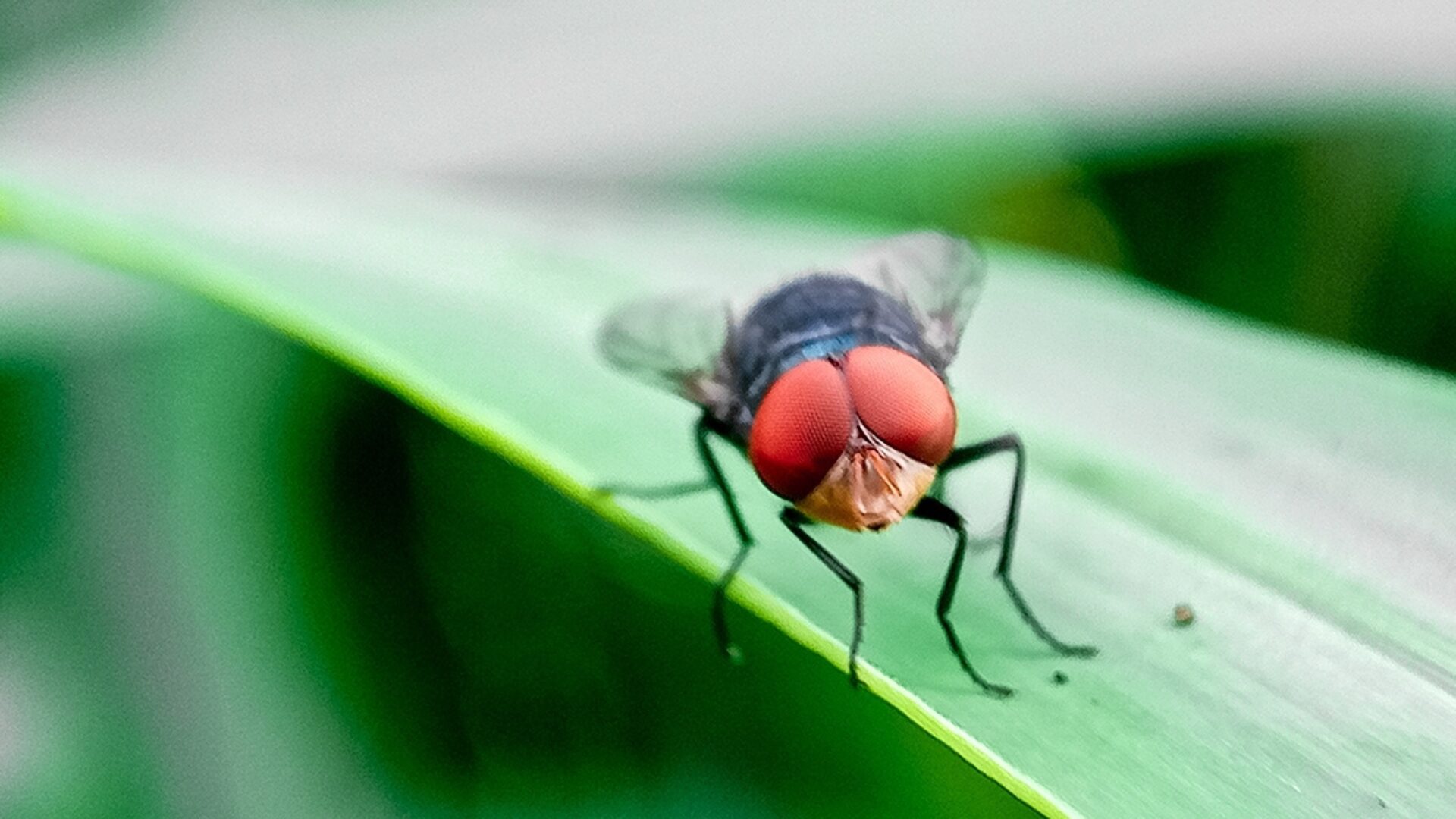Record-breaking temperatures and water shortages continue to pummel the agricultural industry across the western U.S.
California farmers are scaling back production and uprooting crops as they struggle to navigate relentless drought conditions.
Meanwhile, the impending threat of grasshopper infestation is looming large over already-taxed rangelands throughout the west.
Short-Term Crop Solutions
Some small farmers across California are scaling back — or shutting down — parts of their operations, as drastically reduced water allotments threaten to take nearly one million acres of farmland out of production. Others are opting to truck in water, switch to dry-farmed crops, or take the season off entirely, reported Civil Eats (June 18).
“It’s really disheartening,” Asian heritage crop farmer Scott Chang-Fleeman told Civil Eats. “I’m going into my third year of business, and every single year, there’s been not just a different crop, but a different business plan.”
Meanwhile, California almond farmers have turned to uprooting older trees and replacing them with younger ones that don’t require as much moisture, reported Bloomberg. (June 23)
“Almond trees are typically a 25-year investment,” Central Valley farmer Christine Gemperle told Bloomberg. “If it weren’t for the drought, these trees could’ve made it through at least another growing season, if not two. Now, they’ll be ground up into mulch.”
The Grasshopper Forecast
In the weeks ahead, the drought’s impact on farmland will be further exacerbated by an influx of grasshoppers, which thrive in warm, dry weather.
Grasshopper populations were up in 2020 and the stage is set for an even bigger outbreak in 2021, reported The Associated Press. (June 23) According to a 2012 University of Wyoming study cited in the article, a typical infestation can remove 20% of forage from the range and have a $900 million impact.
The USDA’s 2021 Rangeland Grasshopper Hazard Map shows densities of at least 15 insects per square yard (meter) in large areas of Montana, Wyoming and Oregon and portions of Idaho, Arizona, Colorado and Nebraska.
In attempts to curb further economic impact, the USDA has launched an extensive aerial pesticide spraying campaign to kill grasshopper nymphs before they develop into adults.
If left unaddressed, federal officials said the severity of damage from insects could drive up beef and crop prices, noted The Associated Press.












